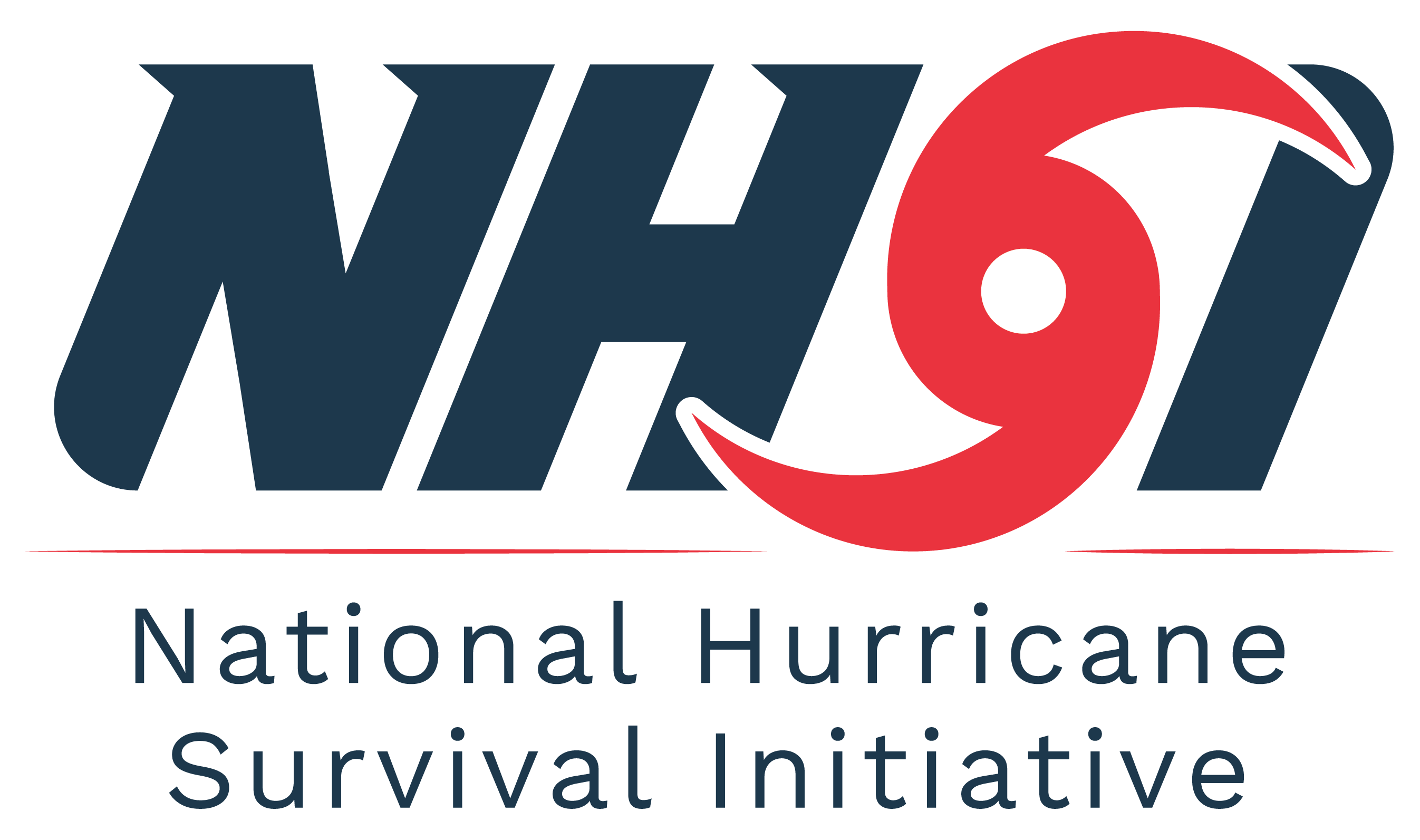Speed of recovery means everything for businesses. You don’t want to wait days or weeks after a hurricane to reopen, because that’s lost income. What’s more, many businesses see a surge in demand after a hurricane, so they absolutely have to stay open or at least minimize downtime.
That’s why Assured Risk Cover created StormPeace for businesses. It’s designed to give business owners the cash infusion they need immediately after a hurricane so they can get back on their feet quickly.
Business interruption coverage is becoming increasingly popular, yet it has its limitations. Most commercial insurance policies require proof of physical damage before they will pay for business interruption. StormPeace, however, offers business interruption coverage with or without physical damage, because often all it takes is a power outage or evacuation order to force a business to close its doors.
Florida businesses are preparing for this hurricane with StormPeace – because the faster they recover, the sooner their customers and the local economy benefit. They can apply the funds toward a wide variety of expenses, including:
- Temporary location rental
- Transportation
- Debris cleanup
- New equipment
- Business income loss or payroll expenses
- Repairs
Like the StormPeace residential policy, applying for business coverage is simple. Just provide your business name and address and choose a policy limit, up to $60,000 and lower than your hurricane deductible, if you have one. There’s a simple, painless claims process and you’ll receive your payment within hours of the hurricane. The amount you receive is calculated based on the strength of the storm and its distance from your business location. It doesn’t matter how the loss was caused (e.g. by wind, flying debris, water, rain, storm surge, or mold from water), so long as the triggers are met.
According to FEMA, 40% of small businesses never reopen after a disaster, and another 25% that do reopen fail within a year. A small business can be extremely vulnerable to a major weather event, and it represents years of sweat equity and investment. The stakes are too high to leave anything to chance.
Get started at www.stormpeace.com today!
